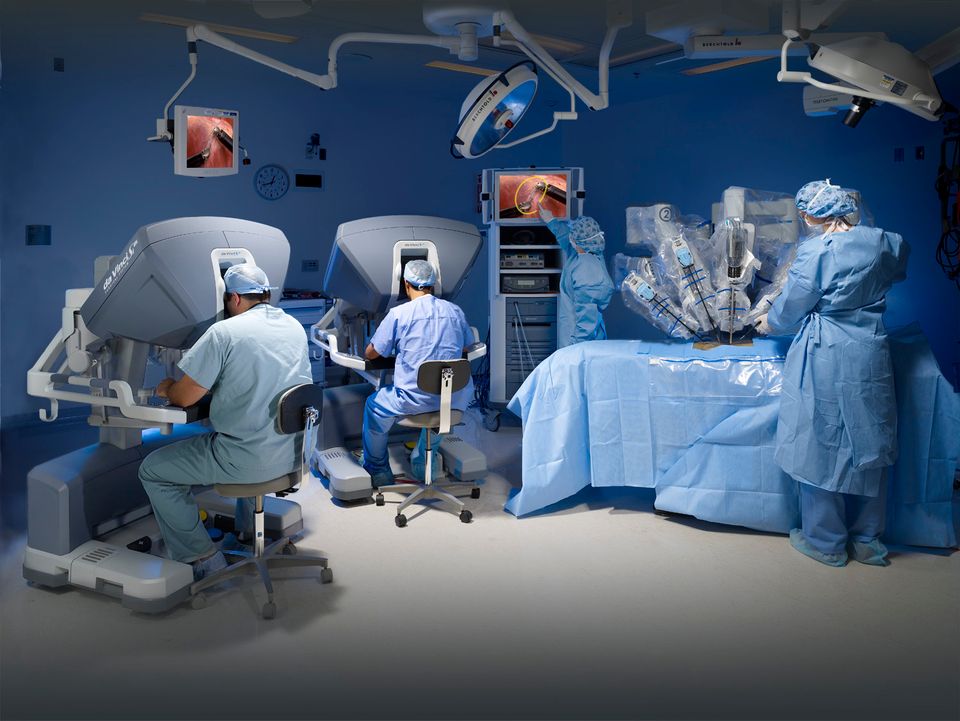Key Responsibilities of Surgical Robotics Systems Engineers

I've been a systems engineer in the past and I'm currently working with fellow systems engineers on a daily basis. Here are the primary responsibilities of systems engineers in a surgical robotics company:
- Collaborate with surgeons, nurses, and marketing teams to understand the intricacies of the target surgical procedure and user requirements.
- Attend live surgeries, cadaver labs, training sessions, and review post-surgery recordings.
- Conduct surveys with surgeons, collect feedback, and compile reports.
- Translate surgeon and user needs into comprehensive system-level requirements for the entire robotic system.
- Work closely with hardware, software, and manufacturing engineers to assist in designing a robotic system that aligns with the specified requirements.
- Develop test protocols, design test fixtures, and support the execution of system and software/hardware component tests to validate that the robot's design meets the requirements.
- Collaborate with regulatory and quality engineers to ensure compliance with FDA and other regulatory body requirements.
- Develop and execute simulations, benchtop tests, and cadaver lab studies. Analyze and interpret data to optimize system performance, enhance accuracy and precision, and improve surgical outcomes.
- Partner with Usability/Human Factor Engineers to design user interfaces, surgical workflows, and robot setup and teardown procedures.
- Lead risk management efforts by creating Failure Mode and Effect Analysis (FMEA), Fault Tree analysis diagrams, and assisting software, hardware, and manufacturing engineers in mitigating high and medium-risk items.
- Generate system-level design documents, traceability matrices, and risk management documents.
- Collaborate with hardware and software test teams to carry out verification and validation activities.
- Participate in Non-Conformance (NC) and Corrective Action and Prevention Action (CAPA) meetings and discussions.
- Assist regulatory and quality teams in preparing the FDA submission package and obtaining FDA clearance.
- Support manufacturing and design teams during the design transfer phase.
These responsibilities encompass the core tasks of systems engineers in a surgical robotics company.
Member discussion